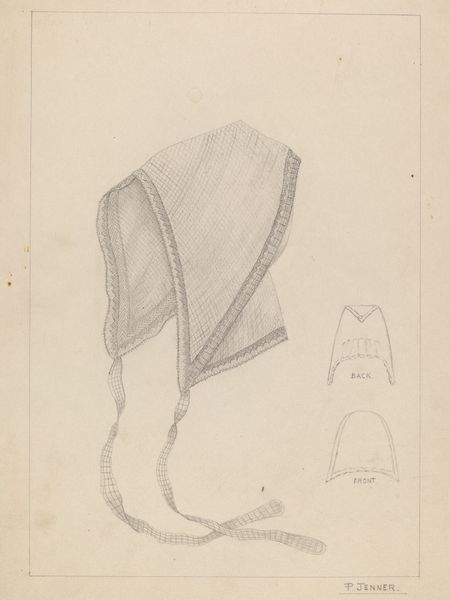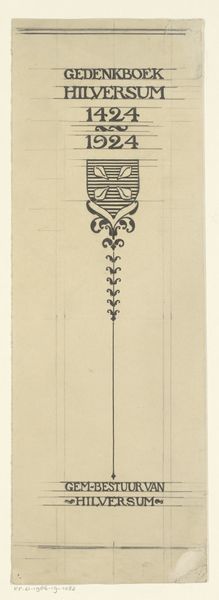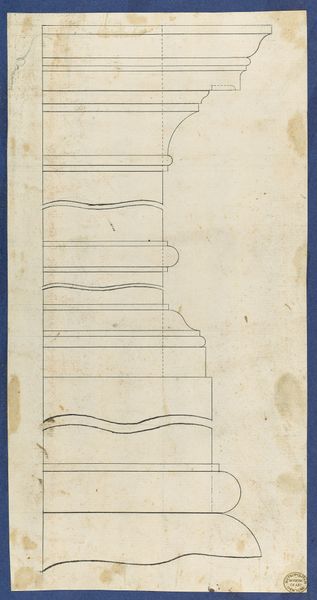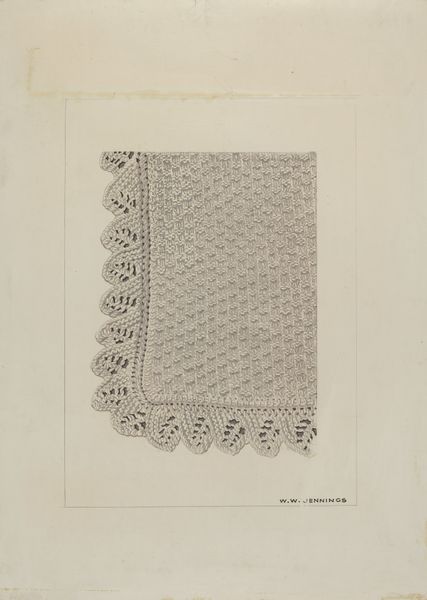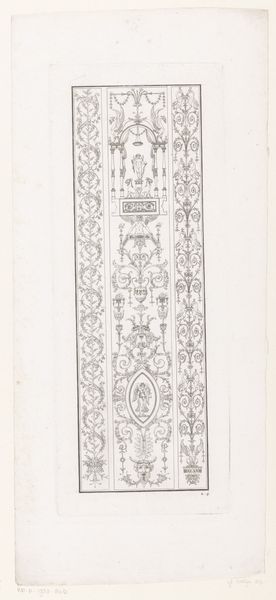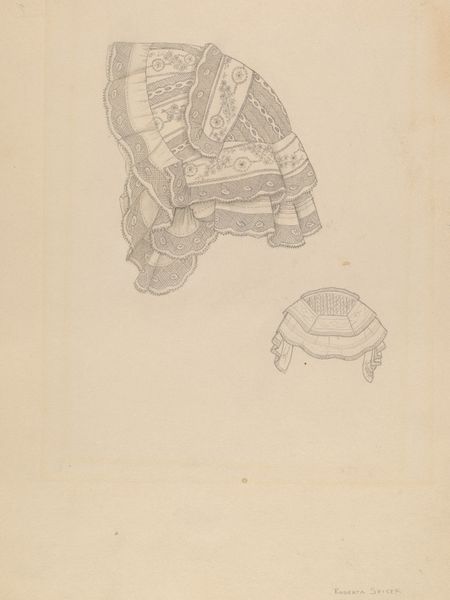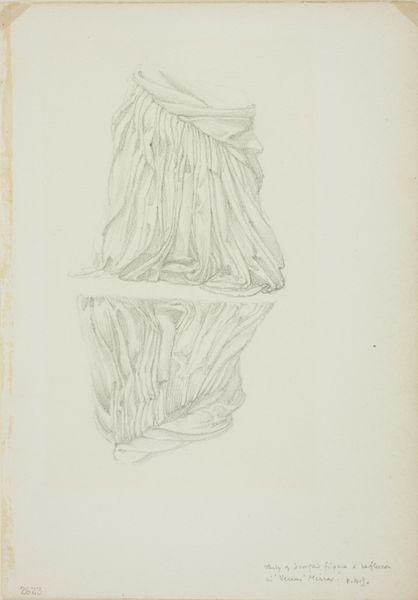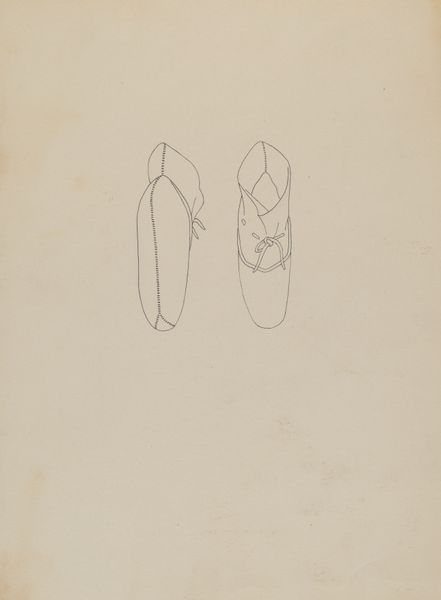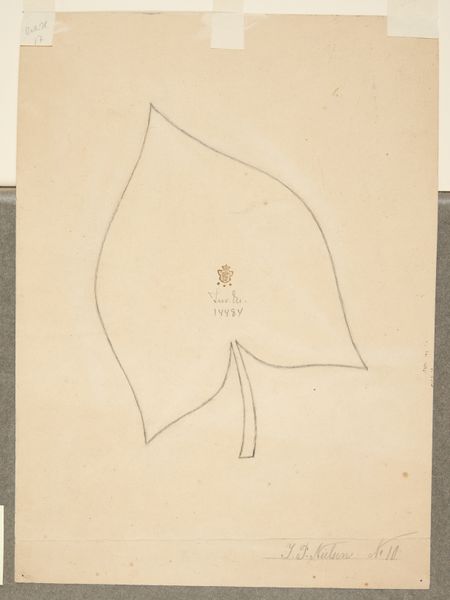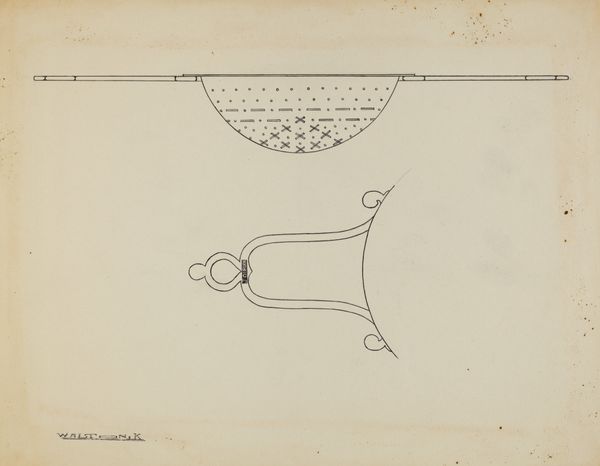
drawing, pencil
#
drawing
#
pencil sketch
#
geometric
#
pencil
#
decorative-art
Dimensions: overall: 30 x 23.1 cm (11 13/16 x 9 1/8 in.)
Copyright: National Gallery of Art: CC0 1.0
Editor: This is a pencil drawing from about 1936 by Fanchon Larzelere titled "Waistcoat." The waistcoat itself is almost invisible, just implied, but the embroidery is depicted with incredible detail. What significance might lie hidden in this almost obsessive focus on ornamentation? Curator: Indeed. Observe how the waistcoat itself acts as a blank slate, a form almost absent. The detailed embroidery becomes the primary storyteller. We see recurring floral motifs intertwined with geometric patterns. Such blending could signify the wearer's connection to both nature and societal structure. It asks, doesn't it: how does personal identity become intertwined, almost coded, through visual symbols on clothing? Editor: That's fascinating, like the garment becomes a language. Were these common motifs at the time? Curator: Precisely. The floral motifs were, and continue to be, associated with femininity, domesticity, but also ephemerality and beauty. The geometric aspects introduce concepts of order and status. Taken together, they paint a portrait, not just of an article of clothing, but of the era's ideals and constraints upon its wearers. Do you see, now, how the “Waistcoat” embodies cultural memory? Editor: Absolutely. I hadn't considered how the piece operates beyond its surface. I now understand how it mirrors personal stories through inherited visual culture. Thank you. Curator: And thank you, for guiding us toward unraveling these layered symbols within such a seemingly simple drawing. The silence in the absent spaces speaks, does it not, just as profoundly as the depicted detail?
Comments
No comments
Be the first to comment and join the conversation on the ultimate creative platform.
